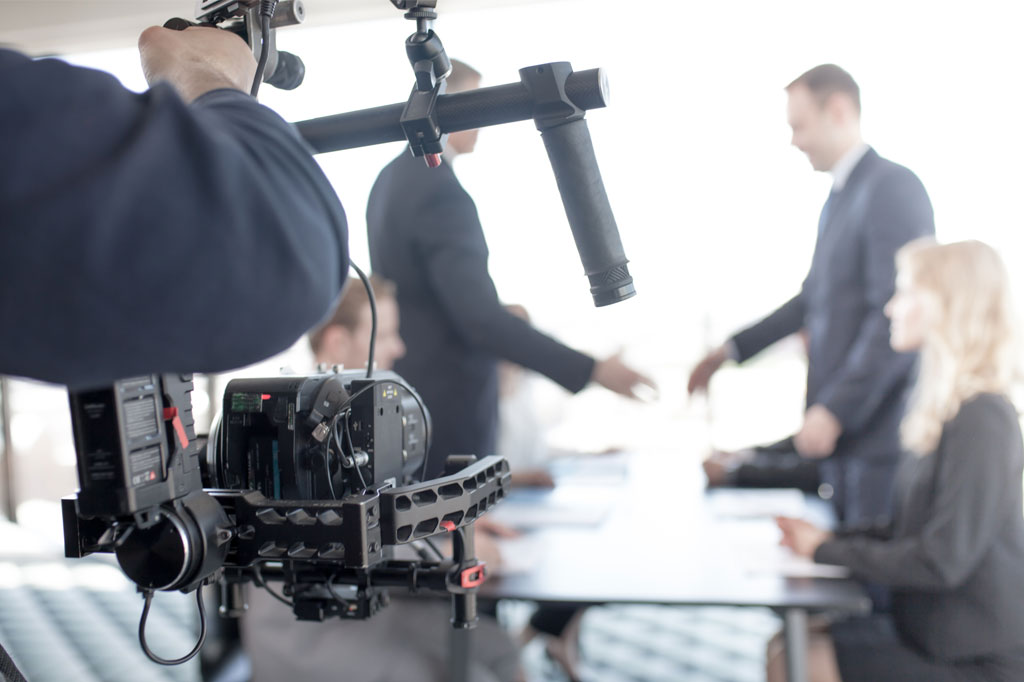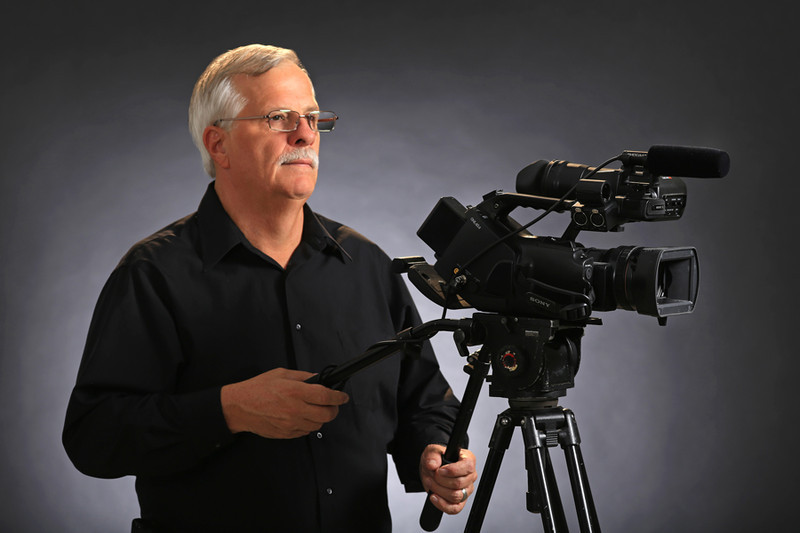Why Legal Videography is Necessary for Accurate Legal Paperwork
Why Legal Videography is Necessary for Accurate Legal Paperwork
Blog Article
Looking Into the Mechanisms of Lawful Videography: Introduction Its Operation in Shielding Authentic Visual Testimony for Judicial Proceedings
In the realm of judicial procedures, the function of legal videography stands as a keystone in preserving and presenting aesthetic proof. As technology proceeds to breakthrough, the mechanisms behind legal videography have actually ended up being significantly detailed, supplying an important layer of credibility to testaments captured on video clip. By delving right into the functional details of lawful videography, one can uncover the precise procedures that secure the stability of visual evidence provided in courts - Legal Videography. This exploration not just clarifies the historic development of legal videography but additionally means the future patterns that might even more transform how visual statements are supported in the world of justice.
Historical Evolution of Legal Videography
Examining the historical development of lawful videography exposes a significant change in the capturing and presentation of visual evidence within the lawful landscape. In the past, legal proceedings greatly depended on composed transcripts and photographs to document events and give evidence. Nonetheless, with the introduction of video technology, the lawful sector saw a standard shift in just how aesthetic testimony was recorded and offered.
The evolution of legal videography can be mapped back to the late 20th century when innovations in video clip recording tools made it more available for usage in courts. This technical innovation not just enhanced the precision and reliability of visual proof but additionally changed the means instances were presented to judges and courts (Legal Videography). Lawyers started to identify the influential power of video clip recordings in communicating emotions, nuances, and non-verbal hints that created transcripts or photographs alone can not capture efficiently

Modern Technology Innovations in Video Paperwork
What key technical developments have revolutionized video documentation in the legal area? The legal field has seen substantial innovations in video clip paperwork innovation that have boosted the authenticity and integrity of aesthetic proof in judicial process. One of the key innovations is high-def (HD) video recording abilities, which give crystal-clear pictures and sharp information that are essential for precisely recording testaments, faces, and various other aesthetic signs. In addition, the integration of timestamping and metadata features in video clip paperwork tools has actually enabled specific paperwork of when and where the video was taped, making sure the integrity of the proof presented in court.
Furthermore, improvements in video clip encryption and watermarking innovations have actually bolstered the security and tamper-proof nature of video clip proof, guarding it against unapproved changes or meddling. The introduction of cloud storage options and remote accessibility capabilities has structured the storage, retrieval, and sharing of video evidence, promoting smooth cooperation amongst legal experts and guaranteeing efficient access to crucial visual testaments when required. These technological developments in video paperwork have actually certainly reinvented the legal area, enhancing the precision, from this source integrity, and admissibility of aesthetic proof in judicial process.
Role of Legal Videographers in Courtroom Setups
The advancement of video clip paperwork innovation in the legal field has required an important duty for lawful videographers in court room settings, ensuring the honesty and dependability of aesthetic testaments presented throughout judicial process. Legal videographers play a fundamental duty in capturing and preserving precise visual proof that can be essential in court cases. Their responsibility expands to setting up equipment, taping process, and creating high-grade videos that properly mirror the events in the courtroom.
In addition, lawful videographers frequently work closely with lawful teams to guarantee that the video clip proof straightens with the instance's requirements and can be properly provided in court to support the lawful arguments being made. In general, the function of legal videographers in courtroom setups is vital in upholding the concepts of click resources justice and making certain the transparency of lawful procedures. Legal Videography.

Ensuring Admissibility and Integrity of Video Clip Proof
To preserve the reputation of aesthetic evidence offered in lawful process, guaranteeing the admissibility and integrity of video evidence is a vital responsibility for lawful videographers. Admissibility describes the acceptance of proof by the court, and for video evidence to be acceptable, it must meet specific criteria. Lawful videographers play an essential role in guaranteeing that the videos they record follow the guidelines of proof, such as importance, credibility, and dependability.
Honesty of video proof entails maintaining the originality and accuracy of the video footage from the moment it is tape-recorded up until it exists in court. This includes securely storing the video clip documents, recording the chain of safekeeping, and stopping any kind of meddling or modifications. Lawful videographers have to adhere to strict protocols to ensure the honesty of the video evidence and protect against any type of difficulties to its authenticity.
Future Trends in Legal Videography
Provided the enhancing dependence on technology in lawful procedures, legal videographers are poised to embrace cutting-edge advancements forming the future of aesthetic testament capture and presentation. Among the noticeable trends imminent is the combination of online truth (VIRTUAL REALITY) and augmented fact (AR) innovations into lawful videography. These innovations have the potential to revolutionize how visual proof exists in courtrooms, allowing courts and courts to immerse themselves in the scene of the criminal offense or event.
Moreover, the usage of synthetic intelligence (AI) formulas for video analysis is expected to enhance the procedure of reviewing and evaluating huge amounts of video clip footage. AI can help in recognizing vital minutes, abnormalities, and patterns within video clips, improving the performance of lawful examinations.

Final Thought
To conclude, legal videography has played a crucial duty in providing authentic aesthetic evidence for judicial proceedings. Through technological advancements and the expertise of lawful videographers, the stability and admissibility of video clip evidence are made certain in courtroom setups. As lawful videography continues to evolve, it will certainly be vital to support criteria that maintain the precision and integrity of visual statement for the future of lawful procedures.
Checking out the historic progression of legal see this here videography reveals a considerable change in the recording and discussion of aesthetic evidence within the lawful landscape.The development of video documents modern technology in the legal field has actually required a crucial role for legal videographers in courtroom setups, making certain the integrity and reliability of aesthetic statements provided during judicial proceedings. In addition, lawful videographers frequently function closely with lawful teams to make sure that the video evidence lines up with the instance's needs and can be properly provided in court to support the lawful disagreements being made.To preserve the trustworthiness of aesthetic proof offered in lawful procedures, ensuring the admissibility and honesty of video proof is a critical duty for lawful videographers. As legal videography proceeds to evolve, it will certainly be important to support requirements that preserve the precision and integrity of visual statement for the future of lawful proceedings.
Report this page